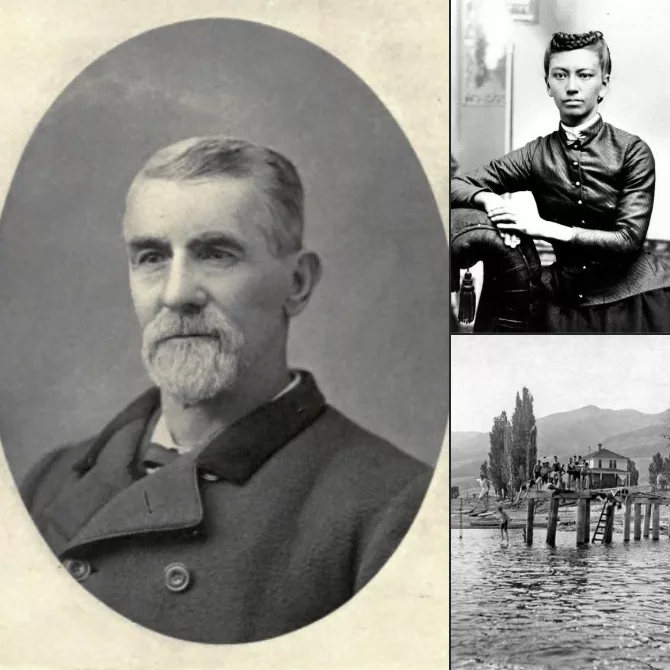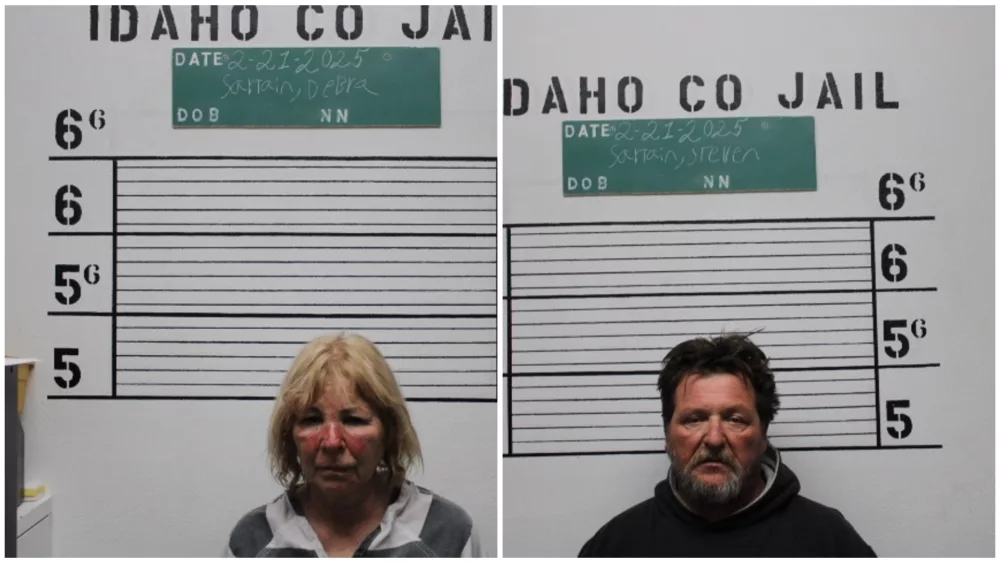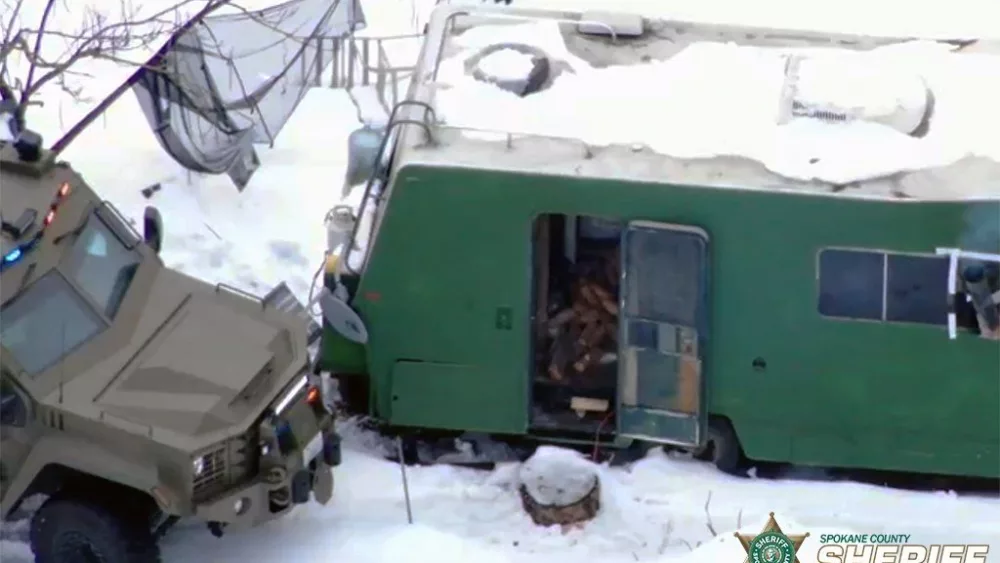(Lewiston, ID) On January 14, 1824, John M. Silcott was born in Loudon County, Virginia. Silcott grew up on the Ohio River, where he gained the maritime skills he would bring to Idaho as a boat builder and carpenter. His first job was as a cabin boy on Ohio and Mississippi River steamboats, which he began working on at the age of 13. After brief service in the Mexican-American War, Silcott joined the hordes of migrants in the early years of the California Gold Rush.
Silcott seemed unable to resist the lure of gold and also moved to Oregon during a gold rush in the Rogue River country and British Columbia during the Fraser River Gold Rush. He came to Idaho as a contractor for the US Army, who hired him to help construct Fort Lapwai for the Nez Perce Agency. While in Lapwai, he met his wife, Jane, daughter of Ta-moot-sin, also known as Timothy, who was a Nez Perce leader in Lapwai.
A relative remembered Jane’s fierce independence: “All the time she wants to go some place else [to a] new place.” This sense of wanderlust likely resonated with her husband, who had traveled quite extensively by the time they met. The dynamic of their relationship might also be seen from her relative Peo-Peo-Tah-Likt’s claim that, “Jane bosses white men. She shows and tells them what she wants them to do.”
Fortune seekers swarmed into Idaho shortly after John M. Silcott, trespassing on Nez Perce Tribal lands in violation of the very treaty that brought him to Lapwai. As a veteran of multiple gold rushes, Silcott knew that supplying miners would be a rich source of income, so he constructed and operated ferries crossing the Snake and Clearwater Rivers with the help of his wife Jane that enabled them to get to destinations such as Pierce, Elk City, and Florence. During the gold rush, they charged 5 dollars to ferry a wagon and horse with additional horses costing fifty cents apiece, pack animals cost $1.50, hogs and sheep were charged 25 cents, and a man or cow paid 50 cents. Supposedly, they often made as much as 400 hundred dollars per day, or about $14,000 in today’s money.
The Idaho gold rush was the last one that Silcott participated in. He stayed in Lewiston for over four decades, accumulating significant real estate holdings, operating his ferries (he operated the Clearwater River Ferry until 2 years before his death), and investing in mines. Today, a road and island in Lewiston honor his memory, while Chief Timothy State Park honors the memory of his father-in-law. Some of the piers that his ferry rested on can still be seen on Lewiston’s Clearwater River waterfront.





